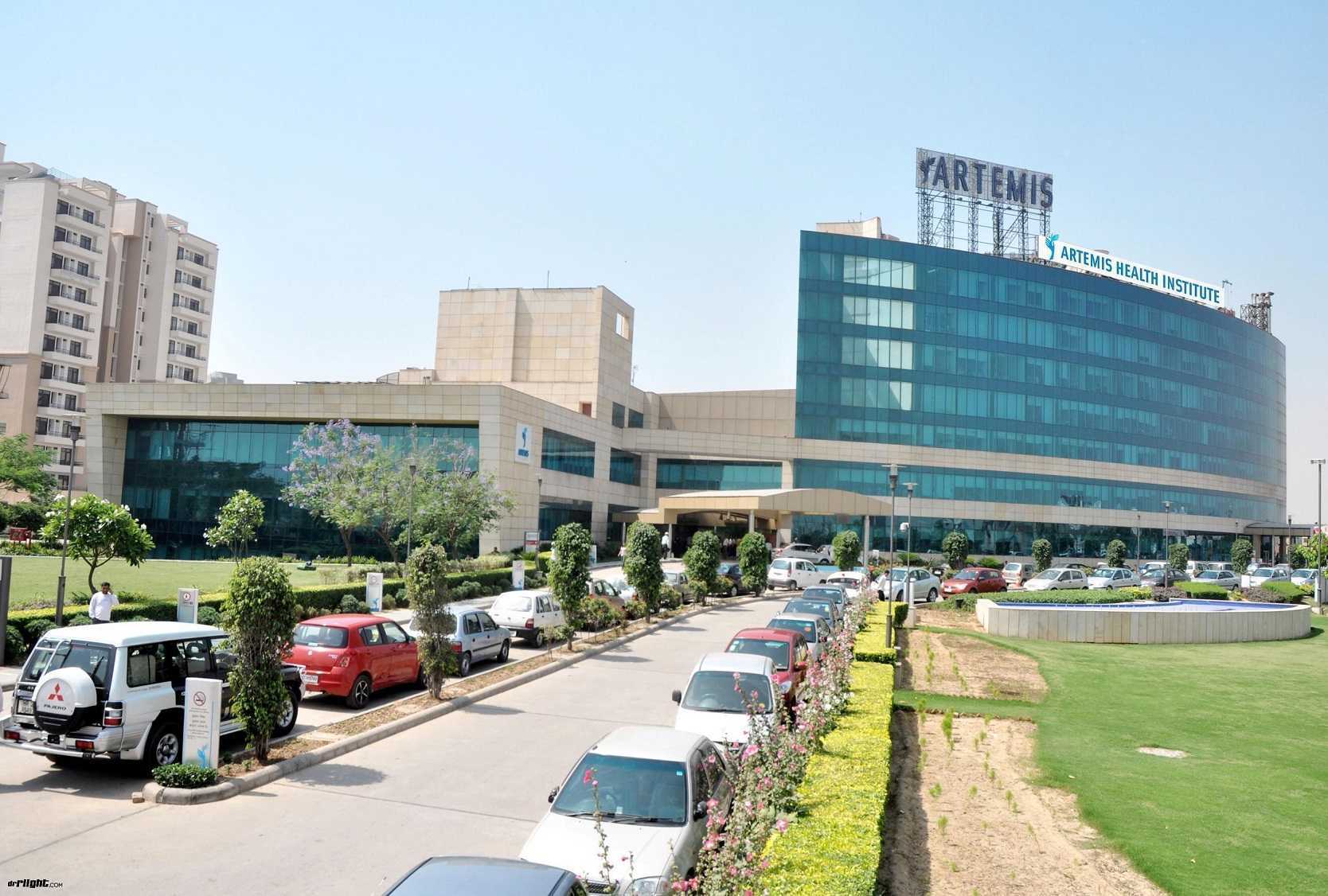It’s in the nature of our bodies to heal itself: cuts on the skin heal and disappear, bones grow together after fractures, a liver taken from living donors recovers in a few weeks. Regenerative medicine is another direction based on the search for ways to initiate self-regeneration and recovery processes.
Methods of treatment of regenerative medicine are aimed at encouraging the body to heal itself. They are already used in many medical fields, helping patients maintain optimal life quality.
Regenerative medicine possibilities
It studies and uses our body’s innate self-healing abilities, modifying them and expanding their impact. The Mayo Clinic has created a Center for regenerative medicine. Its physicians work on how the body’s self-healing can be implemented to cure and prevent disease. Over several decades of the center’s existence, specialists have managed to make many discoveries, in particular, to grow new tissues from stem cells for a beating heart.
Deep study of regenerative medicine began in the 1990s. At that time, tissue engineering was gaining special popularity: its methods were used to study stem cells and skin transplants. The goal of doctors was to change or partially restore defective structures using the natural body’s abilities and resources, instead of treating them with drugs and procedures. Regenerative processes occur at three levels:
- molecular. Restoration of the “building blocks” of our body: fats, carbohydrates, DNA;
- cellular. Cellular structures regeneration;
- tissue level. Skin, muscles, bones and blood.
Main principles
Plenty of regenerative methods are in the early stages of implementation, not yet widely used. Some are already used by doctors, in particular stem cell therapy. In laboratories, doctors grow special stem cells. This method of treatment is used by doctors for:
- type 1 diabetes;
- vascular damage;
- cerebrum tissues restoration after heavy injuries;
- improving state of immune system elements;
- extensive wounds on the skin;
- treatment of certain types of cancerous tumors;
- transplants.
Regenerative medicine types
This branch continues to be cultivated and takes shape. Its main directions have already been formed.
- Bio-materials and tissue engineering. Material to replace damaged structures is made using 3D printing from metal, ceramic or polymer. In this way, a scaffold is created, which is then placed where new tissue is to form and grow.
- Stem cell regenerative medicine. Stem cells are injected into areas affected by pathologies or harmed by third-party factors to recover them.
- Artificial organs. If a donor organ for transplantation cannot be obtained on time, then a robotic mechanism is placed in the body, capable of performing or maintaining functions of damaged organs. For example, for patients with circulatory problems, doctors place a ventricular assist device (VAD) into the body to help maintain blood circulation throughout the organism.
At this stage, many regenerative methods are not yet approved and are being researched. It will take a few more years for doctors to put them into practice.











